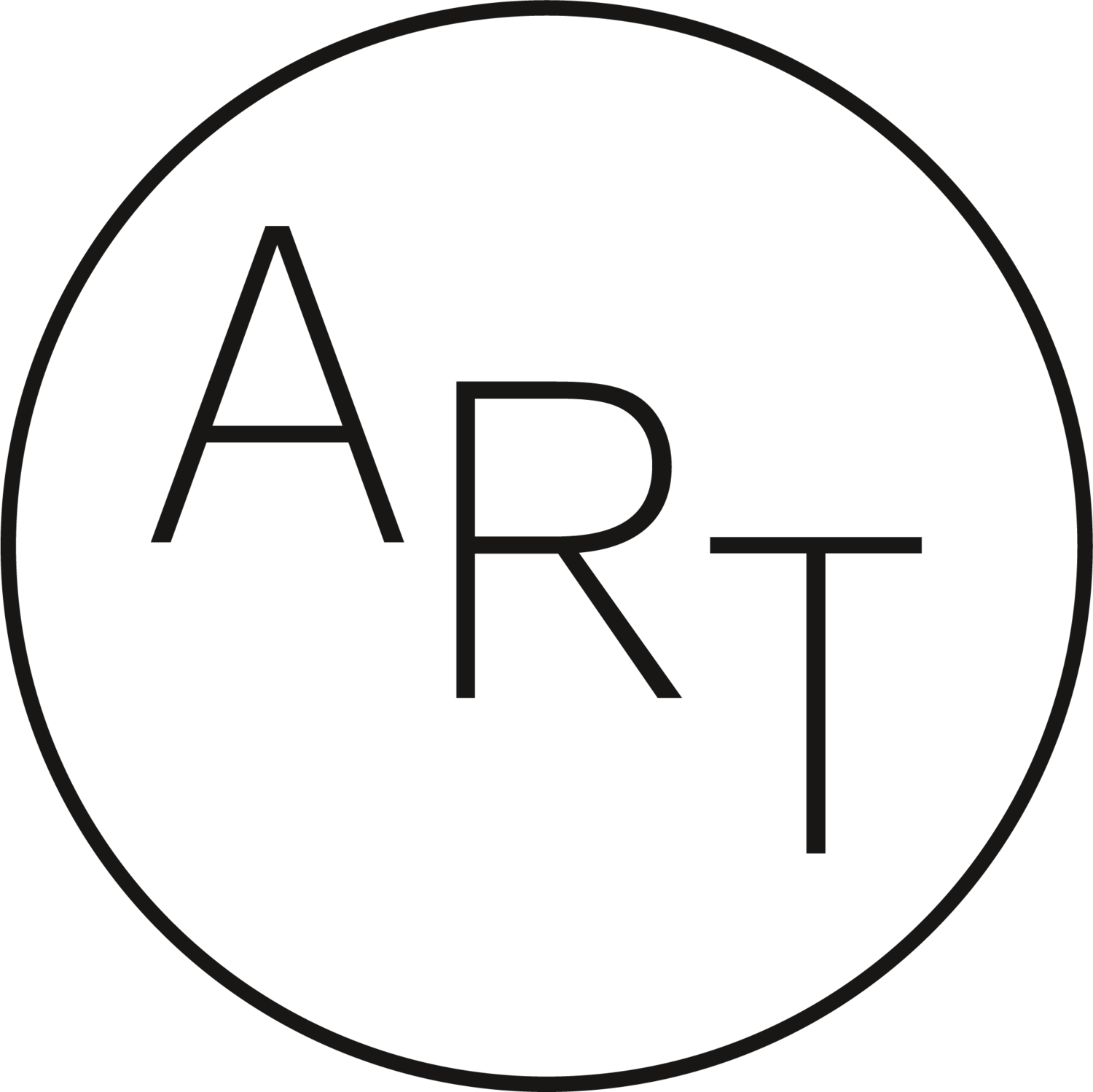The Austrian Cultural Forum New York is pleased to announce the upcoming exhibition VOID, uniting two photographers, Yvonne Oswald and Tatiana Lecomte. The show, curated by the Jewish Museum Vienna, marks the first under the helm of new director Michael Haider. On view from March 12 to June 16, 2019, VOID draws attention to forgotten and repressed aspects of Jewish history in Austria.
The exhibition juxtaposes Yvonne Oswald’s photographs of deserted rooms of a former grand hotel in the Austrian Alps with Tatiana Lecomte’s images of mounted birds from the collections of the Natural History Museum in Vienna.
Curators Danielle Spera and Astrid Peterle, Director and Chief Curator of the Jewish Museum Vienna prompt a discourse about commemoration, its representability and communication—aspects of the work of remembrance with which the Jewish Museum Vienna is confronted on a daily basis. The Austrian Cultural Forum New York is an ideal place to conduct this discourse in a global context — because of its roots in the “Austrian Institute” which was decisively influenced by Austrian Jewish émigrés.
Oswald’s work captures the absence resulting from the expulsion and murder of Jews after the so-called “Anschluss.” The once luxurious Südbahnhotel on the Semmering mountain pass was the cultural hub of the fin de siècle society outside Vienna and, until 1938, a meeting place for numerous Jewish guests. Personalities such as Arthur Schnitzler, Sigmund Freud, Karl Kraus, Peter Altenberg, Gustav Mahler, Franz Werfel, Stefan Zweig, and Ludwig Wittgenstein, all of whom decisively shaped the cultural and intellectual life of the twentieth century, were closely connected with the Semmering and the Südbahnhotel in their work.
Lecomte, in turn, explores issues of pictorial memory through reflections on the “unrepresentable” quality inherent in every photographic representation. Her photographs of mounted birds call key aspects of photography such as the accurate reproduction and documentation of reality into question. Concerned with the adequacy of reproductions to communicate memories, these photographs thus become a contemplation of the pictorial representability of the unimaginable, traumatic experiences of the Shoah.

